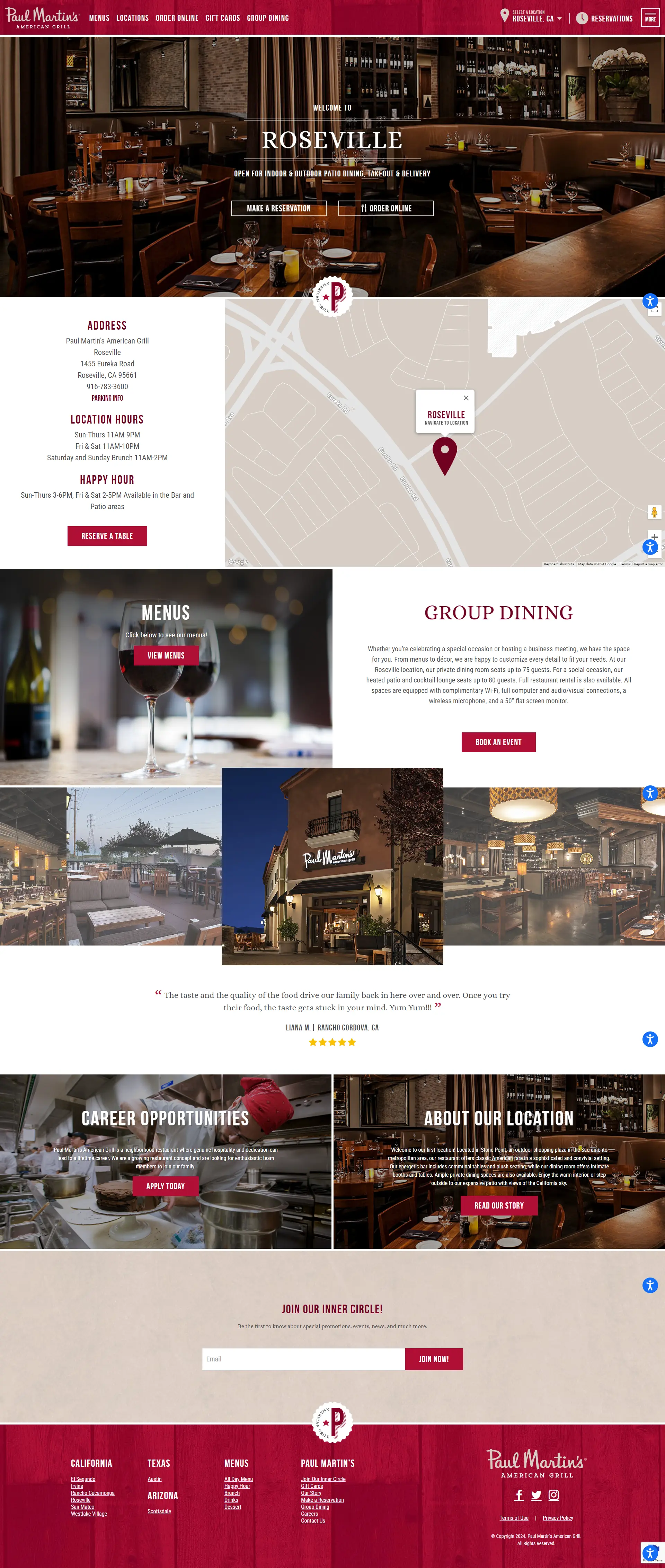In today’s fast-paced business environment, effective communication is crucial. However, managing multiple channels and maintaining consistency can be challenging and time-consuming. This is where Customer Relationship Management (CRM) systems come into play, automating communication to save time and reduce errors.
The Importance of Automated Communication
Automated communication via CRM ensures that no customer query goes unanswered and that every interaction is tracked and logged. This capability is vital for maintaining high levels of customer satisfaction and streamlining internal workflows.
How CRM Automates Communication
- Email Automation: Send out automated emails based on customer actions or time triggers. This includes follow-up emails, welcome messages, and reminders for appointments or renewals.
- SMS and Messaging: Automate SMS and other messaging platforms to send instant notifications to customers.
- Task Reminders: CRM systems can prompt internal teams with task reminders, ensuring that important tasks are not forgotten.
- Ticketing Systems: Automatically generate support tickets when customers report issues. This helps in tracking and resolving issues efficiently.
Benefits of Automating Communication
- Consistency: Automated messages ensure that the communication tone and style remain consistent across all channels.
- Efficiency: Reduces the manpower needed for routine tasks, allowing staff to focus on more complex issues.
- Error Reduction: Minimizes human error in customer communication.
- Scalability: Makes it easier to handle a growing volume of communications as your business expands.
Real-World Examples
Here are some real-world examples showcasing how different companies have effectively implemented CRM systems to automate their communication, leading to improved efficiency and customer satisfaction:
Example 1: E-commerce Retailer
Company: A mid-sized e-commerce platform specializing in lifestyle products.
Implementation:
- Automated Email Campaigns: Integrated their CRM with their marketing platform to send personalized product recommendations based on past purchases and browsing history.
- Customer Service Chatbots: Deployed chatbots to handle common customer inquiries automatically, freeing up human agents for more complex issues.
Results:
- Increased customer engagement with emails, resulting in a 20% increase in repeat purchases.
- Reduced response time on customer queries by 50%, enhancing customer satisfaction.
Example 2: B2B Technology Service Provider
Company: A provider of cloud-based solutions for small and medium businesses.
Implementation:
- Automated Ticketing System: Set up an automated system within their CRM to create and prioritize support tickets based on customer service requests via email.
- Follow-Up Automation: Implemented follow-up reminders for the sales team to contact leads after initial meetings.
Results:
- Improved response times for support queries, with customer issues being addressed 30% faster.
- Increased sales conversions by ensuring timely follow-ups with prospects.
Example 3: Health and Wellness Subscription Service
Company: A subscription-based service offering monthly health and wellness products.
Implementation:
- SMS Notifications: Integrated SMS notifications to remind customers of upcoming renewals and to confirm shipping details.
- Automated Feedback Requests: Automated post-delivery emails soliciting customer feedback on products received.
Results:
- Enhanced customer retention by keeping subscribers well-informed and engaged.
- Gained valuable insights from customer feedback, leading to better product offerings.
Example 4: Nonprofit Organization
Company: A nonprofit focused on community development and support services.
Implementation:
- Event Automation: Utilized CRM to manage event invitations, registrations, and follow-ups automatically.
- Donor Communication: Automated thank-you emails and annual giving summaries to donors.
Results:
- Increased event attendance and smoother registration process.
- Strengthened relationships with donors through consistent and personalized communication.
These examples demonstrate how CRM automation can be tailored to fit various business models and needs, leading to tangible improvements in customer interactions and operational efficiencies.
Conclusion
Automation within CRM is not just about efficiency; it’s also about enhancing the customer experience and building a reliable communication framework. By automating routine tasks, businesses can focus more on strategic activities and customer engagement.
Is your business ready to step into the future of communication? Explore how CRM can automate your customer interactions by contacting us today.















